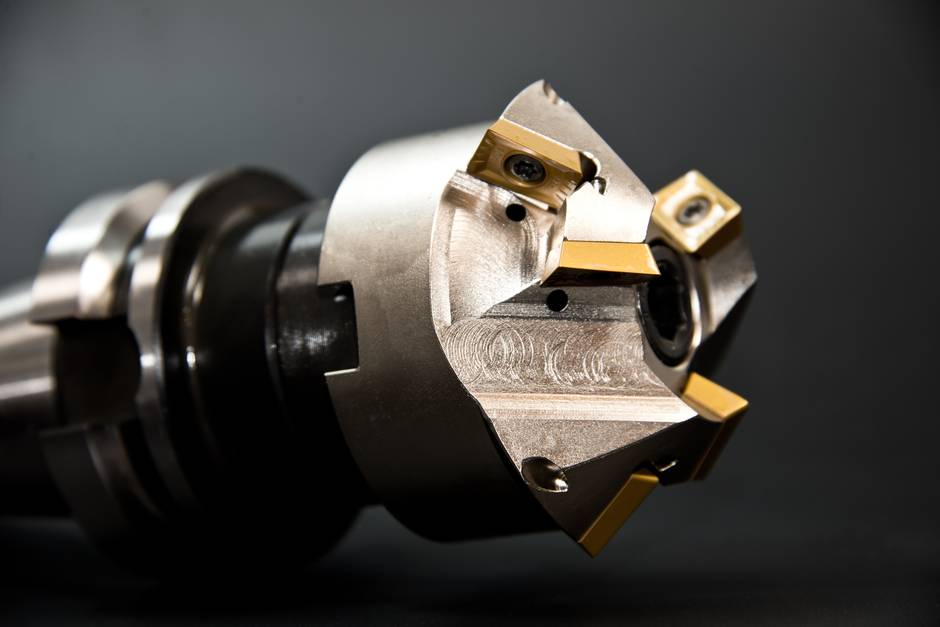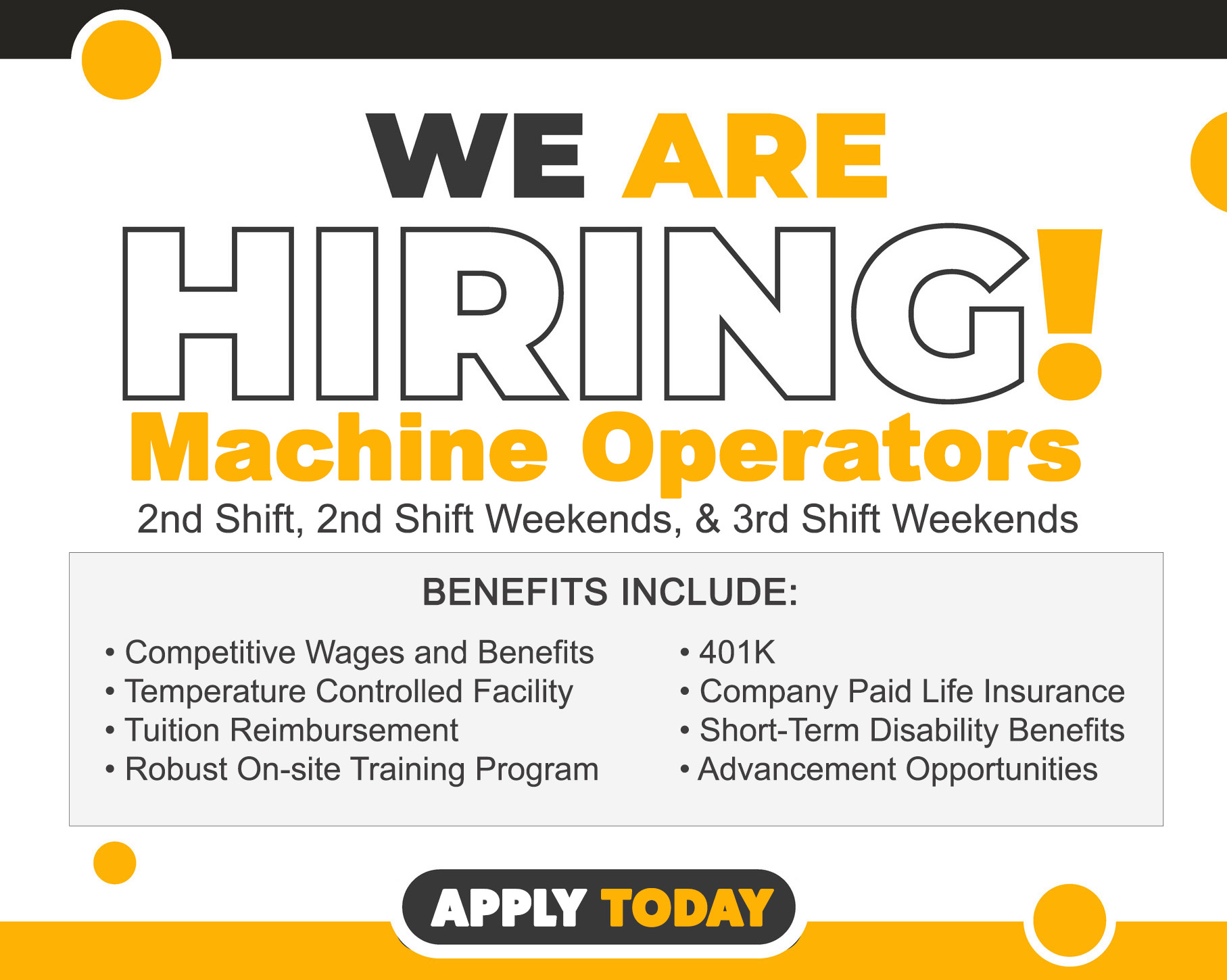Can you imagine how boring life would be if you couldn’t rotate your arm, or your wrist didn’t tilt? Dance would be robotic, if not pathetic. Forget any kind of drawing or painting, you wouldn’t even be able to eat.
It’s no wonder that studies regarding the motion of human arms are still ongoing. This is an attempt to get machines to move as we do, for bionic application and more.
Articulation is not only beautiful, but essential to creating complexity. 5 axis machining takes those principles of rotation and tilt to new heights in fabricating a complex part.
In this introduction to 5 axis machining, we’re going to go over what it is, and why 3D printing won’t replace it.
5 Axis Machining: What Is It?
Imagine your XYZ coordinates from middle and high school for a moment. CNC machining uses an XYZ coordinate system we call the cartesian coordinate system. You can thank a French mathematician named René Descartes for inventing it.
the X, Y, and Z planes are 3 axis of motion left and right, up and down, and forward and back. In machining, the X and Y axes are horizontal, like you’re looking down at a tabletop. The Z-axis is the vertical axis.
The other two axes that 5 axis machining employs are rotation along an axis. These being the X and Y axes.
How Do the Axes Work?
Again, using your arm as an example, look at the back of your hand, and then rotate your hand over to look at your palm. You just performed a Y-axis rotation, so to speak, of 180-degrees.
Now flatten your hand and point your fingers to the floor, bending only at the wrist. Now point them to the ceiling like you’re saying “stop” with your hand. You just performed 180-degrees of rotation, this time on the x-axis.
5 axis machines are also called 3+2 machines because of the three positional axes, plus the 2 rotational ones. Some machines have more axes—don’t worry, we won’t get into that—but they offer little in increased part complexity or time reduction.
The only thing that more than 5 axes do is create more maintenance headaches, although there are needs in some industries for them.
The main takeaway is that a true 5 axis machine is better than a 3+2 machine, which only parodies the 5 axis concept.
Why Is 5 Axis Better?
True—or continuous 5 axis machining—as it is appropriately called, continuously adjusts the tool bit for the best angle to the workpiece.
Other systems, like 3+2, need the stationary toolbit to reposition. This extra process costs time and costs you money. 3+2 is still a good method, as it can always make the same product as a 5 axis machine in theory.
The benefits of 5 axis machining over 3 axis, positional, machining are:
- Design complexity
- Minimized setup
- Better surface finishes
- Quicker removal of material
- Rotational accuracy
When you can use shorter toolings you vibration and produce higher quality finishes, as well as minimal setup on the tooling. Arcs and angles that would before take several different setups allow a level of complexity that is unparalleled.
Shorter cutting surfaces enable higher speed with lower vibration, increasing material removal speed. Being closer to the workpiece makes all the difference.
These benefits are amazing, though it is not always necessary. You have to make a cost analysis to determine the need of 5-axis.
Avoiding Complications in 5 Axis Machining
Aside from doing a cost analysis, there are some other things you can do to minimize running into unnecessary complications.
First of all, only using tooling which is designed for a 5 axis machine will keep it in good working order. This will produce better results. 5 axis machines are costly, and keeping it in good working order will ensure fewer maintenance downtimes.
Hardware is super important, but also essential is the CAD/CAM software to process the cutting program without collisions. The best 5 axis machine in the world without a good cutting program and trained personnel is a 3 axis machine that can cause more problems.
In that vein, training your personnel to think about the machine’s capabilities is essential. All too often, 5 axis machines are limited by the imagination and creativity of the operators, rather than what is actually possible.
Simulation software is improving to take up the slack, though. It assists operators to reduce toolpath collisions and errors for smoother, faster operation. Cutting program simulations are essential on high-dollar items with exotic materials where you might only get one shot.
Done-In-One
It’s almost possible with 5 axis machining to perform done-in-one operations. This is a holy grail of the machine world, where multiple setups and staging aren’t necessary and all machining can be done in one operation. In goes a block of material and out comes your part.
More important than the machine in a done-in-one scenario is all in the planning, training, communication, and preparation involved. Making sure you have the right tooling and enough tools in the magazine to finish the job is essential.
5 axis fabrication won’t be replaced by 3D printing any time soon, but likely they’ll work together. Whether it be in a hybrid machine or where 3D printing does the rough-in while machining finishes the surfaces, both are here to stay.
5 Axis Machining: Now You Know
Speaking of done-in-one, it’s tough to talk about everything in 5 axis machining in one article but all the rough cuts have been made.
Before we finish, we wanted to invite you to our facilities and to read our other blogs on machining. Watching machining in action is like watching an elegant dance, as beautiful as a Rembrandt, and satisfying as a bite of homemade apple pie.
Thanks for reading so far and make sure to contact us for any machining information you might need!


